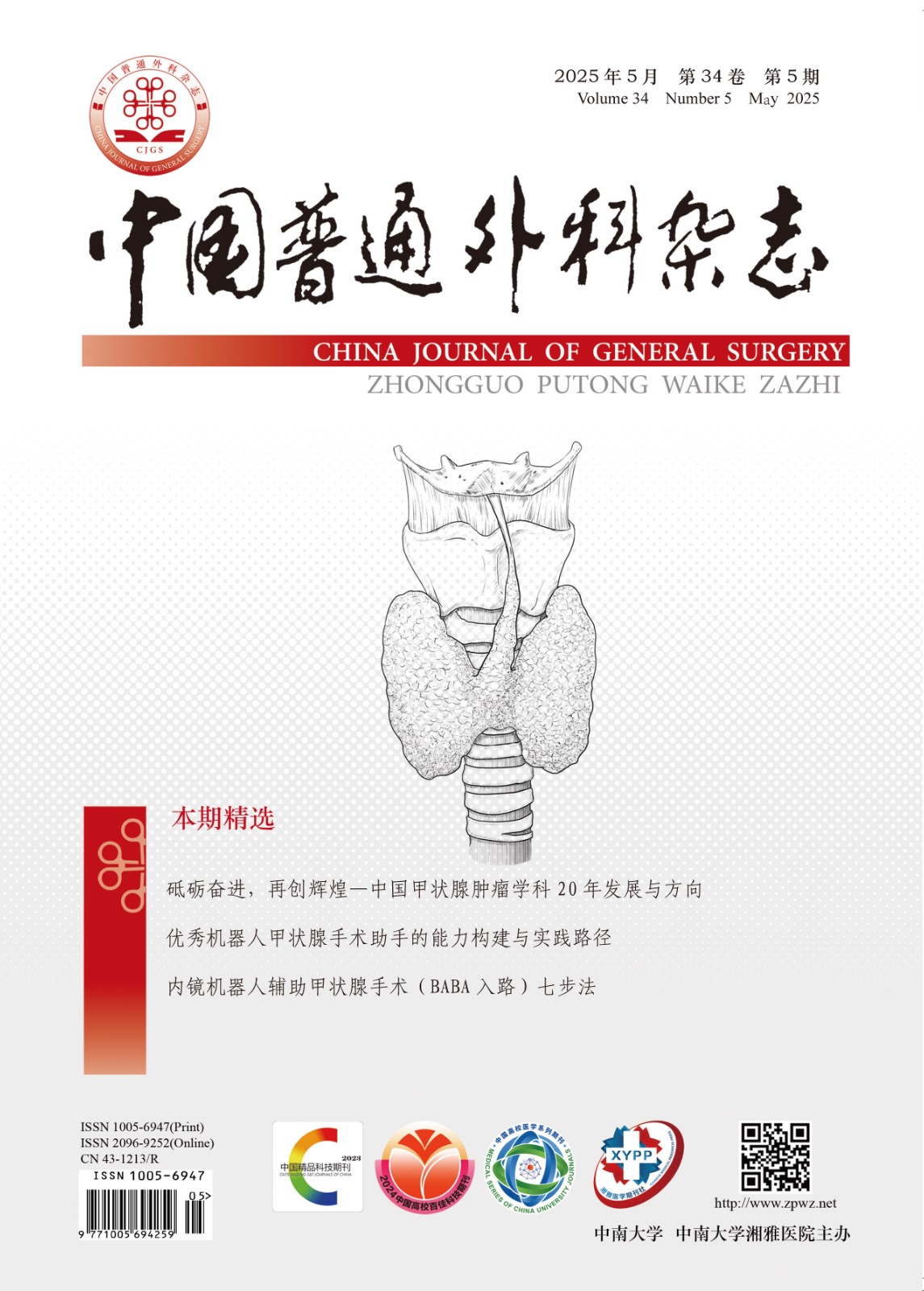Abstract:
Objective:To explore a molecular subtype system for accurately predict the prognosis of breast cancer.
Methods:Seventy cases of invasive breast cancer were divided into a groups: (1) Group A, 35 cases. These patients died within five years after diagnosis; (2) Group B, 35 cases. These patients were still alive 10 years after diagnosis. The two groups was matched at fields of ages, diagnosis, therapeutic regimens and so on. Immunohistochemistry based on tissue chip was used to detect the expression of 17 molecular biomarkers; hierarchical clustering algorithm was applied to cluster the 17 molecular biomarkers into several subgroups, and survival and clinicopathologic parameters were analyzed and compared in different subgroups.
Results:Seventeen molecular biomarkers were clustered into four subgroups:ERα related subgroup, PR related subgroup, proliferation related subgroup and HER-2 related subgroup. There was a significant difference in median survival time among the four subgroups: Median survival time of ERα related subgroup, PR related subgroup, proliferation related subgroup and HER-2 related subgroup was 142, 126, 88 and 77months, respectively, (P=0.044). In a multivariate Cox model, the average death risk between the consecutive subgroups increased 1.623 folds. There were low positive correlations in tumor long diameter among four subgroups (Cramer Coefficient of Contingency was 0.377).
Conclusions:A new molecular subtype of breast cancer has been found by using immunohistochemistry based on tissue chip and hierarchical clustering algorithm. Molecular subtype of ERα related subgroup, PR related subgroup, proliferation-related subgroup and HER-2 related subgroup can predict patient′s death risk accurately, and could be as a new molecular classification for predicting the prognosis in breast cancer patients.

